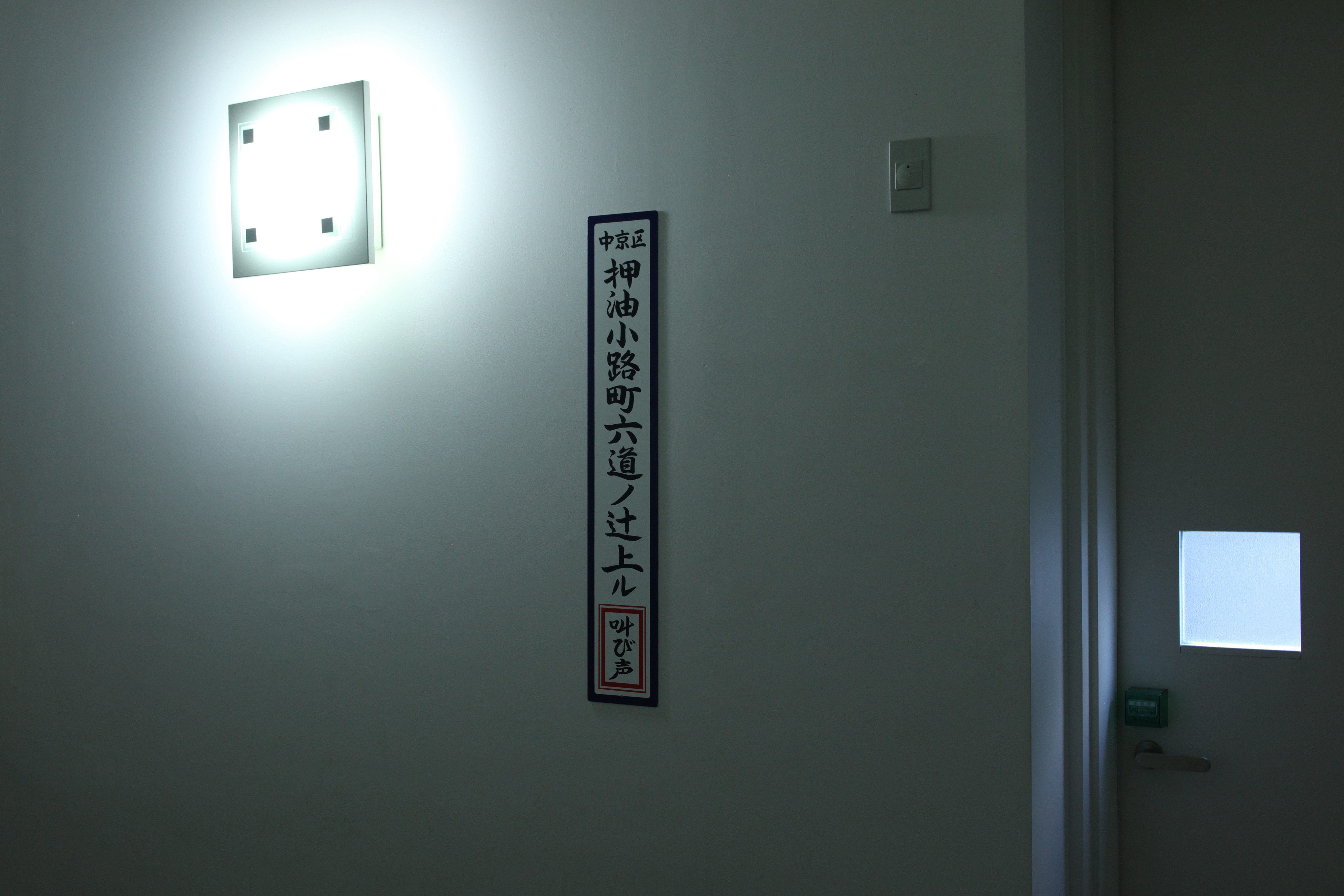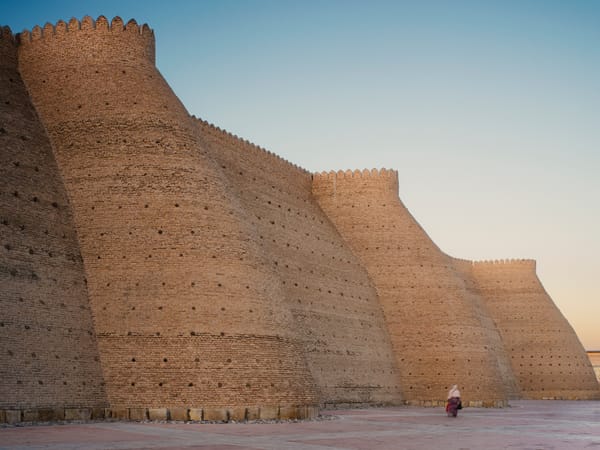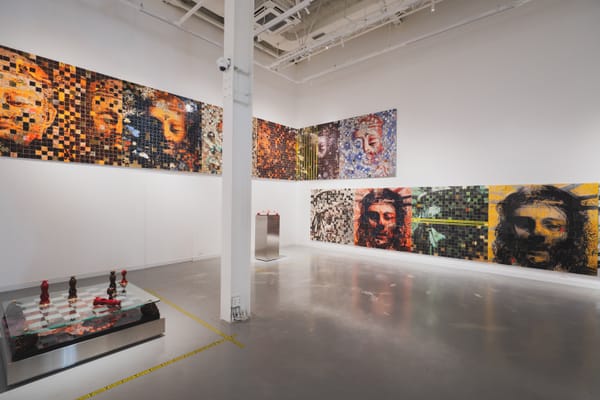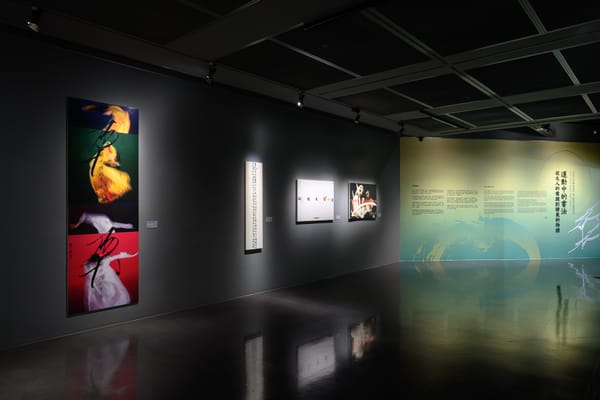Shows
Yuichiro Tamura’s “Hell Scream”


Yuichiro Tamura’s “Hell Scream” was the artist’s response to Kyoto City University of Arts’ (KCUA) invitation to look into and present an exhibition drawn from its Art Museum collection. Instead of acting as an “artist as curator” and planning a conventional collection display, however, Tamura elaborated his own research around the artworks and artifacts in what resulted as a collaborative solo show.
Using the many anecdotes that he gathered during his research process, Tamura wove together a story centered on Chokunyu Tanomura, one of the university’s founders and a painter of the Nanga style (which was inspired by the southern school of Chinese painting and developed in Kyoto). Drawing on the fact that Chokunyu went by the moniker “Small Tiger,” tigers also played a key role in Tamura’s exhibition, where factual timelines, legends and fiction intermingled. The once-glorious Nanga and revered figured of Chokunyu, both important in the Meiji era, have long since fallen through the cracks of art history—Tamura’s continued interest in the runner-ups rather than the victors, as well as transient glories, was, in this sense, evident in his choice of subject.

The first thing that visitors to the show encountered was a well-fabricated façade of a dingy Kyoto house. The detailed depiction of an ordinary working-class life, evoked through objects such as a half-broken umbrella and chemical cleaning products casually lined up behind the house’s frosted glass windows, is far from the often fantastical image of Kyoto, revealing the contemporary, every-day routines of the old capital’s inhabitants. Encased behind clear show windows, which are a common feature in this type of townhouse in Kyoto, were Chokunyu and other artists’ proposals for the foundation of the Kyoto Prefectural School of Painting (the present-day KCUA). The letters—written in Chinese, the language used by Japanese intellectuals in the Meiji period, when these texts were authored—were displayed in what appear to be dusty conditions. This is representative of the artist’s approach to history—he conflates past and present, while aiming to excavate narratives in ways that disrupt romanticized notions of Kyoto.
Through a gated narrow alleyway by the house, again typical of Kyoto, one eventually reached the ground floor exhibition space, in which the main body of Tamura’s story unfolded. Upon sitting in front of a video projected onto a typical Nanga hanging scroll, visitors were offered a cup of Sencha green tea from a plastic bottle in a fridge. As the exhibition attendants pointed out, the paper cups had the same text as Chokunyu’s teacups displayed in another section of the exhibition. Sipping the tea, viewers watched Tamura’s version of a biography on Chokunyu, who was a promoter of Sencha tea ceremonies. Intermixed in the video were tiger-related myths, while in the center of the room was a tiger cage, in which Chokunyu’s belongings and other objects related to tea ceremonies were placed. Two hanging ink scrolls depicting tigers were on the rear wall. One realizes that the seemingly random set of objects was carefully and purposefully arranged to establish connections between the exhibits.
Imitation street signs pointing to hell plastered on the walls, and a historical-looking clog on a staircase bearing the name “Ono no Takamura”—a poet and government official of the early-Heian period, who is said to have served the emperor by day and Enma, king of hell, by night—led visitors to the upper floor, where the exhibition continued. There, the story shifted its setting to that of hell. Unlike the western conception of hell, the topic has always had some comical aspects to it in Japanese traditions. Tamura’s story, for instance, ended with Chokunyu and his lifelong friend and fellow Nanga artist Tessai Tomioka, who is known for his literary witticisms. A six-panel screen painting titled The Hell Screen (2018) made by the university’s promising graduate, Seishu Niihira, shows Chokunyu and Tomioka gradually merging into one.


Tamura’s research—or “search” as he puts it—much of which is based on free association and involvement of local resources, remains provocative. The exhibition’s storytelling, although kept at a minimum for his standards this time, and with room to refine execution, was bold. “Hell Scream” was full of fun and imaginative fragments, and precisely because of that, one wonders what other possible outcomes there could have been.
Yuichiro Tamura’s “Hell Scream” is on view at to Kyoto City University of Arts Art Gallery, until August 19, 2018.







